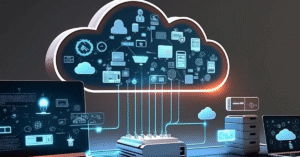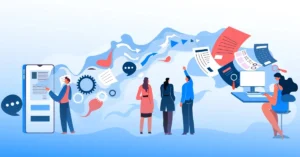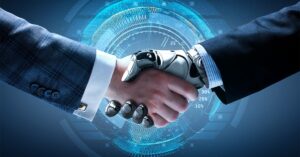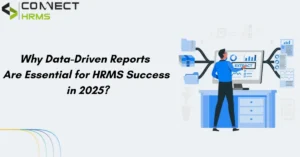
Why Businesses Are Moving to Cloud Based HR and Payroll Solutions
Managing people has never been simple. From hiring and onboarding to attendance tracking, payroll, and performance reviews, HR teams often

Managing people has never been simple. From hiring and onboarding to attendance tracking, payroll, and performance reviews, HR teams often

You are suddenly in charge of more than just task delegation after hiring someone today. You are responsible for managing

HR used to be simple. Post a job. Wait for a few CVs to roll in. Hire someone who seems

HR used to be simple. You hired people. You made sure they got paid. You handled the occasional office drama.

Hiring used to be easy. You needed a job. You had a degree. Boom, you are hired. No questions asked.

Hiring used to be a breeze. Put up a job post. Watch the CVs roll in. Pick the one that

Managing a remote workforce sounds great until you actually have to do it. Sure no more long commutes. No more

HR used to be a nightmare. Piles of paperwork. Endless spreadsheets. Hiring that took months. Payroll mistakes that made employees

Is your organization struggling with high employee turnover and unresolved complaints? The current competitive business atmosphere reveals that how quickly

We are well aware of the fact that HR teams have a never ending to do list. Payroll, leave requests,
WhatsApp us